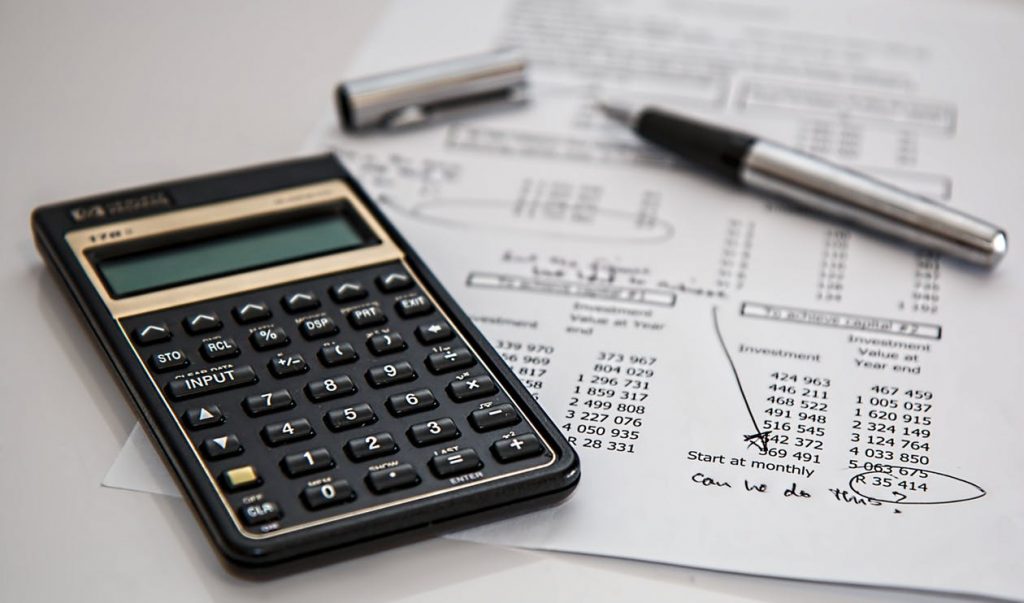Insurance can seem like a frustrating concept, especially when you need to claim. While having insurance when something goes wrong is a huge relief, claiming is not always as straightforward as you might think. There are some excellent insurers out there who will get you your claim as soon as possible, but others can make it a little more difficult.
However, one thing that is true of all insurers is that payouts are carefully calculated. You may think that because you insured the item, and it was a certain value at the time you bought it, that is what you’ll get. But that is only the case if it is brand new. In most cases, you will get the actual cash value of your item. Some insurers, however, pay what is called the replacement cost.
What is the actual cash value of insurance? And how does replacement cost differ? We will go into what each is, how they are calculated, and when each applies.
What is the actual cash value?
Actual cash value (ACV) refers to how much your item would sell for as it is today. For example, let’s say your phone costs $1,000 and you have owned it for a year. If you wanted to sell it online, you would certainly not get $1,000 for it. After all, it has depreciated. What happens if it is stolen today?
Most insurers will calculate the ACV and that (minus deductibles) is what they will pay you. Before we get into how the ACV is calculated, we need to define one more term.
What is the replacement value?
The replacement value refers to what your item would cost today if it was brand new. In other words, how much would it cost to replace it at the store? The replacement value specifically refers to the price as it is today. So, if you bought your phone for $1,000 a year ago and you can get that same phone today for $800 brand new, the replacement value is $800.
Now, let’s see how this impacts the calculated ACV.
How is ACV calculated?
There is a simple equation to calculate depreciation. It is:
Replacement Cost x Percentage of Lifespan Used = Depreciation
Replacement cost is as we mentioned above. The percentage of lifespan used refers to how long you have had it and how long this item is expected to last. If you have had a laptop for 2 years and it has an expected lifespan of 8 years, you have used 25% of its lifespan.
The above equation will not bring you to the ACV. Rather, you then deduct the value of the depreciation from the replacement cost and what remains is the ACV.
There is one more aspect that may or may not be taken into account. If your item has been damaged in a way that insurance does not pay for before it was stolen, its ACV is worth less than a similar, undamaged item. However, in most cases, your insurer is unlikely to know about said damage. Your cracked phone screen therefore will not be taken into account when calculating the ACV.
This does come into play in cases when it is obvious or easy to find out that the item was damaged. In terms of auto insurance, a car that is totaled in an accident may show signs of previous damage that could not have been caused by the accident. For example, if the backseat of your car is for some reason torn or shredded, and your car is totaled in a head-on collision, your insurer will take the condition of the backseat into account when calculating your ACV.
Some insurers offer replacement value rather than actual cash value on your items. Do your research before signing a contract to determine what they will and will not pay.
Ultimately, you may not receive enough from your insurance to buy a replacement of your item if they only pay you the ACV. This is something you will need to take into account and may have to do some searching to find a replacement in second-hand condition.

